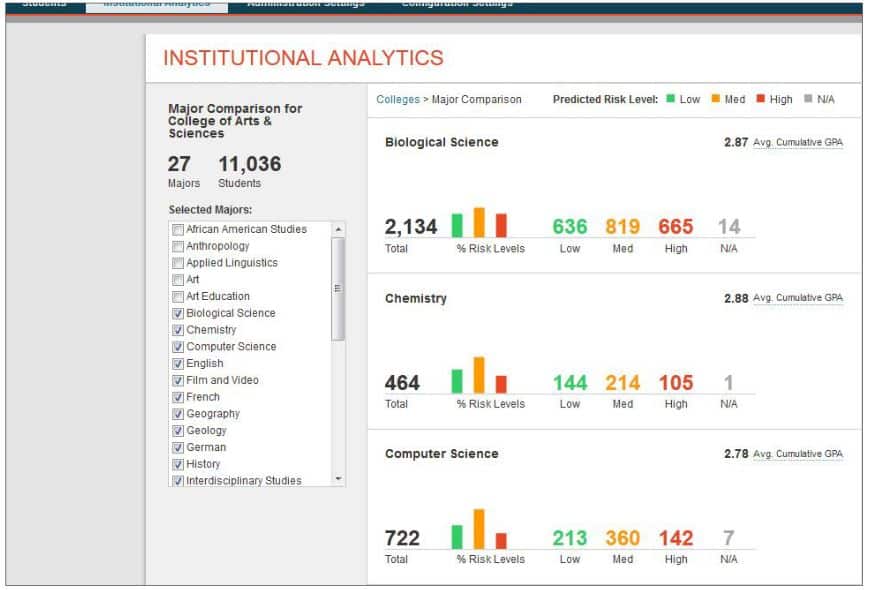New studies highlight the importance of leadership and student data in managing student retention
Student retention is a vitally important topic for recruiters and education administrators alike. The business case for improving retention and completion rates is clear (see graphic below). However, an institution or a school’s effectiveness in managing retention is also increasingly seen as an important indicator of quality and commitment to student success.

- GPA (grade point average) in the spring semester of the freshman year;
- the number of credit hours attempted (students who took heavier course loads, up to a point, were more likely to continue in their degree programmes);
- on-campus employment."
That two of the factors were academic is significant, Mr Kwai said, since it suggests that good early academic advising could improve international student success. Regarding campus employment, Mr Kwai imagined that having a job could make a student feel more a part of the institution. A second study, by Kent State University’s David L Di Maria, explored attitudes of front-line student services staff towards international students at several Ohio universities. “Staff members in offices like residence life, student counselling and career services often are asked to work closely with international students but do not have specific training to meet their needs,” notes The New York Times.
Half of the staff respondents to the Di Maria study indicated they felt unprepared to work with international students. 64% reported their offices had not taken any specific steps to accommodate the needs of foreign students, and 90% of respondents said they wanted more training to support their work with visiting students.
The Kwai and Di Maria studies are significant for a couple of reasons:
- First, they represent important contributions to the question of international student recruitment in a context where much of the available research often does not fully segment or report on international students specifically.
- Second, they underscore the importance of actively monitoring student performance - how otherwise, for example, would the students needing additional support in the Kwai study be identified? - and of an institutional commitment to improving services for foreign students.
Student performance analytics
These very points are strongly reinforced in a further study released earlier this year by the Education Trust. The report, Learning from high-performing and fast-gaining institutions: Top 10 analyses to provoke discussion and action on college completion, is a remarkably clear and practical examination of the student performance analytics practices at eight US universities.
Each of the institutions in question has achieved dramatic gains in retention and completion. The report highlights the key aspects of student performance that these institutions have learned to measure, and describes in some detail how they do it:
“To save leaders at other campuses from having to invent an initial set of analyses for themselves, we’re sharing 10 of the analyses that leaders at these eight institutions (and others) found to be particularly powerful in galvanising attention and action,” note the report authors.
For each analysis, we provide its inspiration, process, and insights. Where possible, we identify subsequent interventions made in response to insights arising from relevant analyses and provide information on the effectiveness of these interventions.”

“Among the most important is the role of campus leadership - including the president but especially the provost - in helping to make student success a high, institution-wide priority. But close behind that is the early and ongoing use of data in critical tasks along the way, from the initial effort to galvanise a sense of urgency about the problem of student attrition to ongoing efforts to design and test interventions."
The report also stated that "in most instances, these institutions employ sophisticated student success data management systems that facilitate ongoing enquiry and essentially automate much of the work, such as detailed monitoring of student progress with immediate alerts given to both students and their advisers when key milestones are missed." Staying ahead of the [retention] game is essential; a 2013 survey of 100 universities in the UK found that 41% of “at risk” students - that is, students at risk of not completing their intended programme of study - were identified too late for the university to resolve the students' issues. The Education Trust report is a compelling counterpoint to the UK survey and an important review of some of the emerging best practices in this area of data analytics. It illustrates the extent to which good data on student performance can be used to intervene to assist students at risk, but also to improve systems and services for students across the institution or school.
















